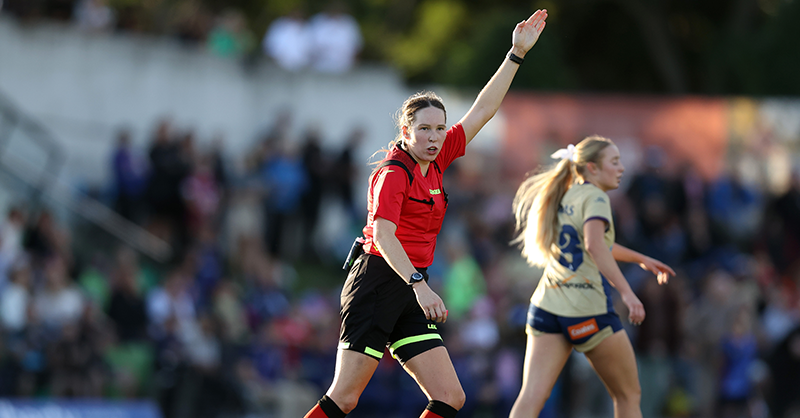Gillich, A. et al. Capillary cell-type specialization in the alveolus. Nature 586, 785–789 (2020).
Niethamer, T. K. et al. Defining the role of pulmonary endothelial cell heterogeneity in the…
Gillich, A. et al. Capillary cell-type specialization in the alveolus. Nature 586, 785–789 (2020).
Niethamer, T. K. et al. Defining the role of pulmonary endothelial cell heterogeneity in the…

The sideline scene received a roaring applause, one befitting of the occasion of a legacy game through and through — three tackles with two for losses, one sack, the pick and three pass breakups for No. 22.
“I wanted to throw it in…


Adarsh explains a simple way to turn your old phone into a home security camera…
Everyone has old phones lying around in unused drawers, catching dust. So, instead of letting it go to waste or recycling it as e-waste, how…
In a move to fortify internal security amid persistent threats from Pakistan-sponsored terrorism, Jammu and Kashmir Police has announced the rollout of a state-of-the-art Artificial Intelligence (AI)-enabled security grid. This…
